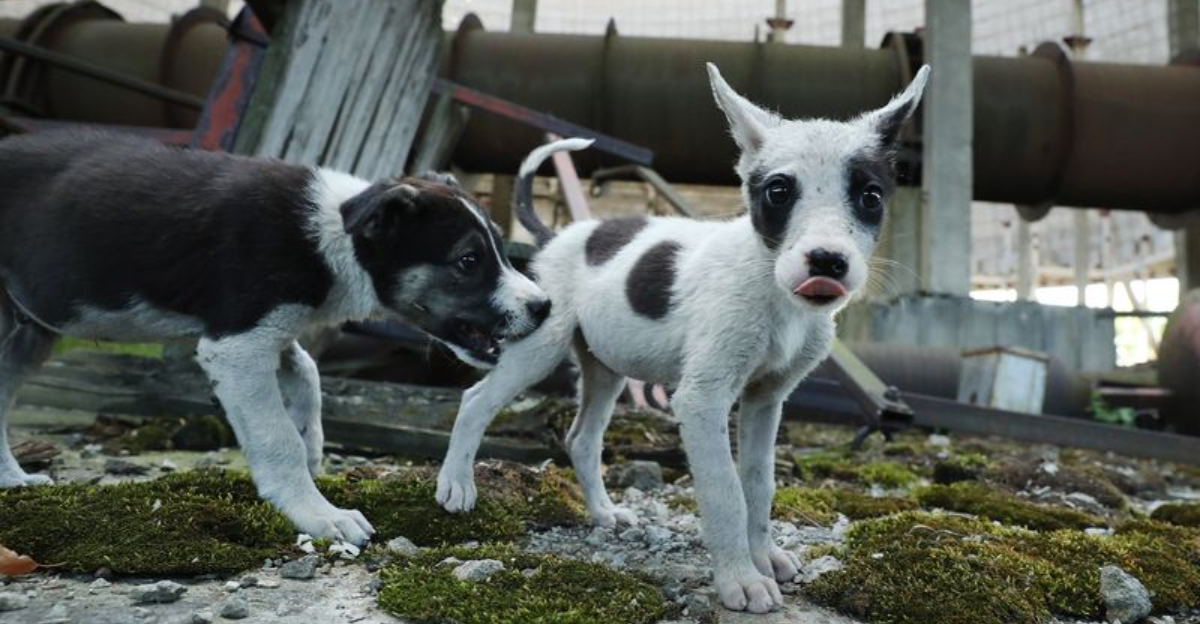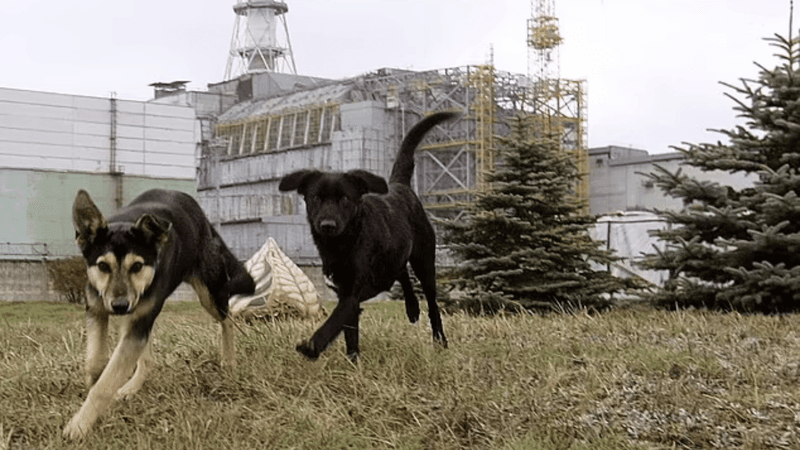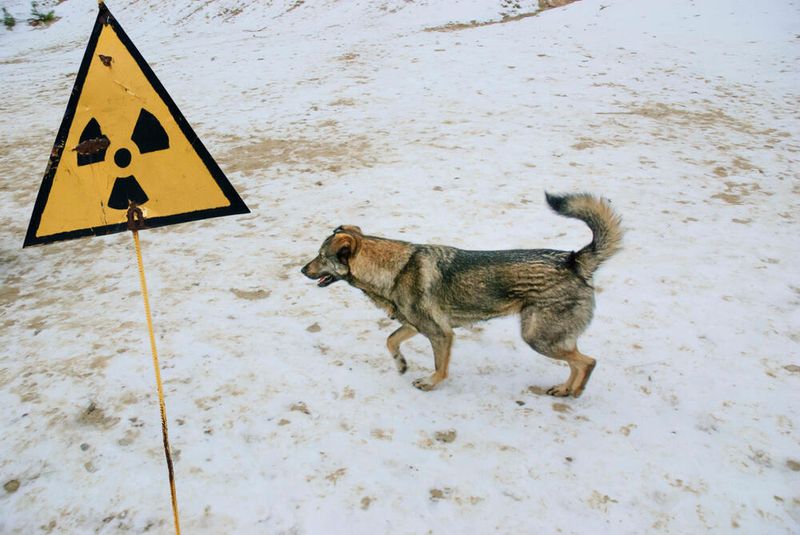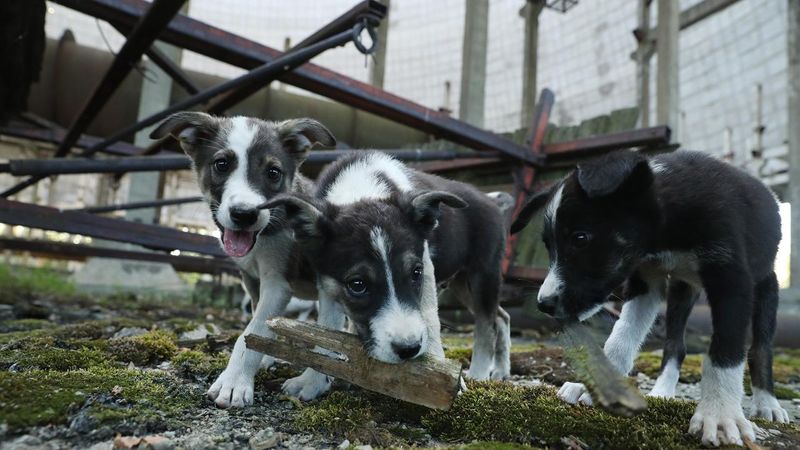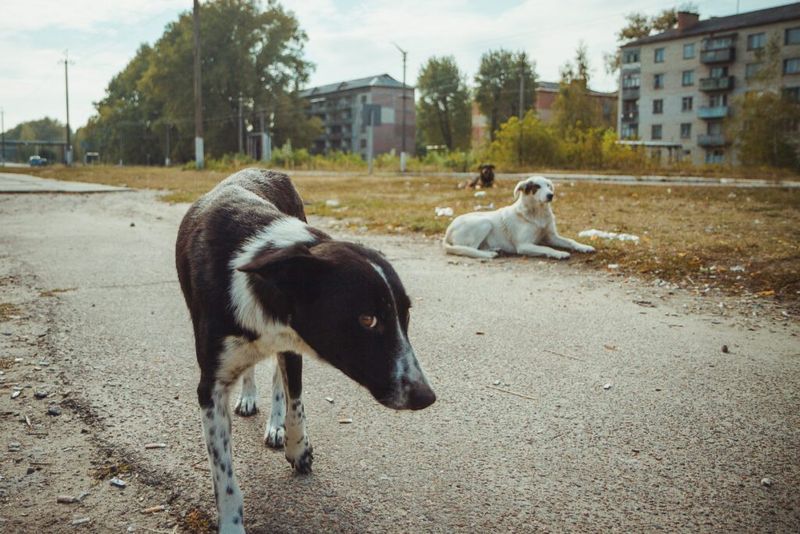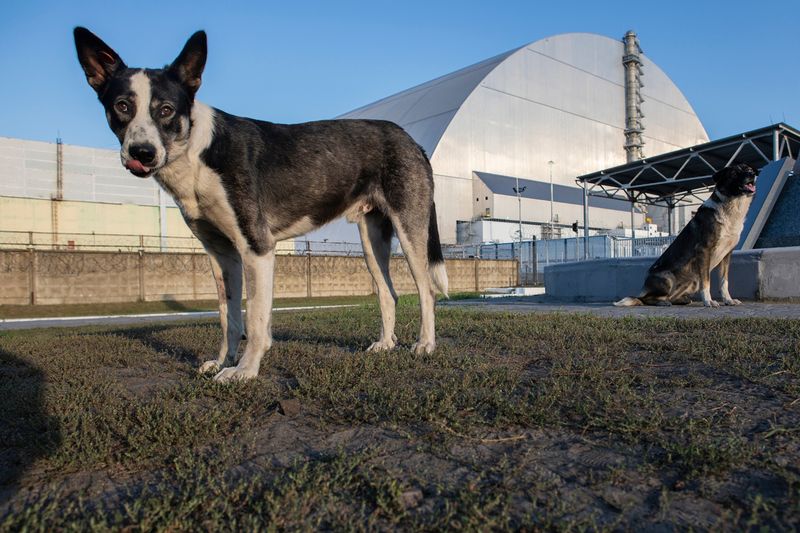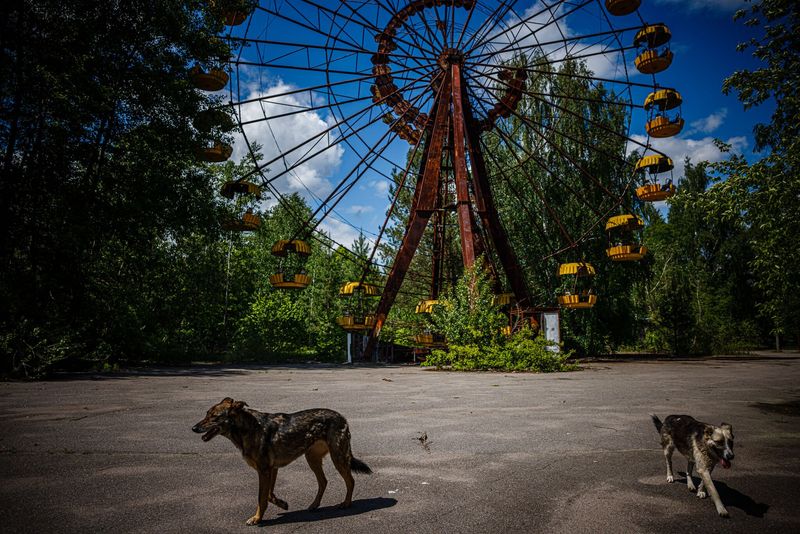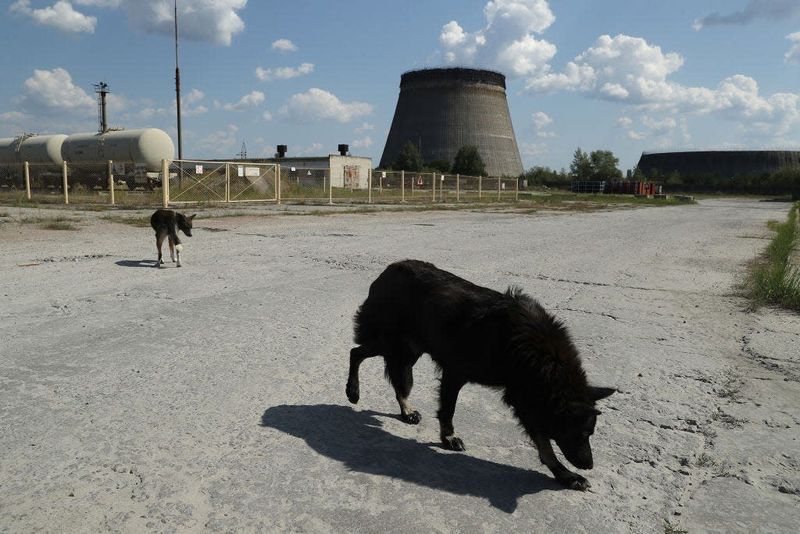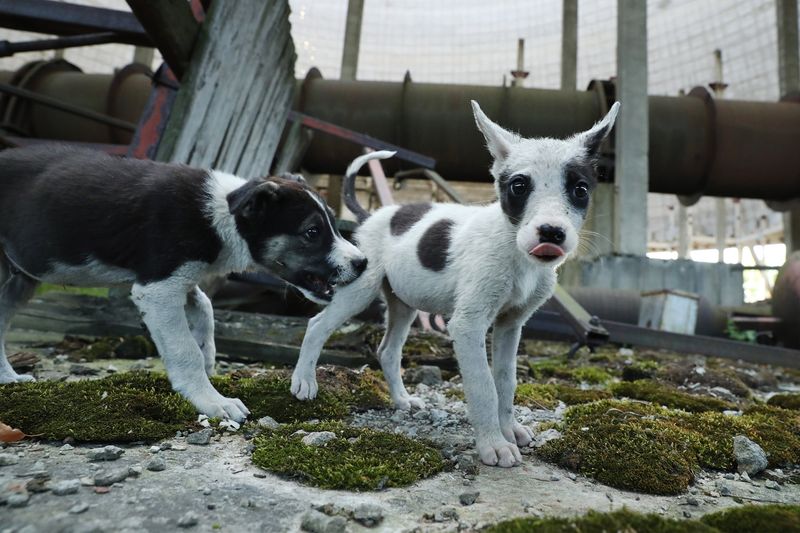The aftermath of the Chernobyl disaster in 1986 left a significant impact on the environment and the creatures inhabiting it. Among these, the stray dogs of Chernobyl have become a focal point for scientists and animal lovers alike. Over the years, these dogs have adapted to the harsh conditions, leading researchers to uncover fascinating insights into their evolution and survival strategies. From genetic mutations to behavioral changes, here are ten surprising findings about how radiation may be shaping the future of these resilient canines.
Mutated Genes
In the shadow of Chernobyl’s haunting legacy, dogs roam with altered DNA. These mutations, while often subtle, are a testament to the resilience of life amid adversity. Scientists have noted changes in fur color, body size, and even reproductive patterns.
It’s a living study of evolution accelerated by radiation. While some mutations may seem detrimental, others might offer survival advantages.
This genetic dance plays out over generations, with each litter revealing new combinations, a mosaic of adaptability. It’s a reminder that nature finds a way, even in the most unexpected places.
Increased Radiation Resistance
Amidst the abandoned ruins, a group of dogs demonstrates an unusual resistance to radiation. Over the years, these canines seem to thrive where others cannot, raising questions about their unique adaptations.
Could this resistance be a genetic anomaly or a result of generations living in such an environment? Their capacity to survive in high-radiation areas suggests a fascinating evolutionary path.
This resilience is not just physical but perhaps deeply embedded in their very DNA. These dogs, once ordinary, now carry the legacy of survival against all odds.
Altered Social Behavior
In the wastelands of Chernobyl, dog packs form with social structures unlike those seen elsewhere. These dogs display a heightened sense of community, often sharing resources and caring for each other’s young.
Their survival depends on collaboration, a trait possibly amplified by the harsh conditions. The bonds formed are strong, reflecting a deep understanding of interdependence.
This alteration in social behavior might be a direct response to the environment, where teamwork becomes a strategy for survival. Life in Chernobyl has crafted a unique canine society, rich in cooperation and companionship.
Adaptive Diets
Chernobyl’s dogs have become adept opportunists, their diets adapting to what the exclusion zone offers. In a place where food is scarce, their ability to consume a varied diet becomes crucial.
From scavenging abandoned human provisions to hunting small wildlife, their palate is as diverse as their survival tactics.
This dietary flexibility showcases their innovative survival skills, a testament to their adaptability. It’s an ongoing experiment of nature, where necessity drives change, and these dogs are at the forefront of this culinary evolution.
Unique Coat Colors
Among Chernobyl’s canine inhabitants, an array of coat colors emerges, painting a picture of diversity borne from adversity. These colors, ranging from strikingly dark to ghostly pale, suggest genetic variations stimulated by radiation exposure.
Beyond aesthetics, these variations may carry implications for camouflage and thermal regulation, subtly influencing survival.
Each hue tells a story of adaptation, reflecting the unseen forces at play in their environment. It’s a vivid reminder of nature’s unpredictability, where even fur becomes a canvas for evolution’s brush strokes.
Longevity Changes
In Chernobyl, dogs exhibit surprising longevity and aging patterns, challenging typical canine lifespans. Researchers have observed some dogs thriving beyond expected years, raising questions about the influence of their environment.
Could the radiation’s impact play a role in slowing their aging process, or is it a mix of genetic factors? These findings intrigue scientists, as these dogs defy conventional aging norms.
Their lives become case studies in resilience, where time seems to hold a different meaning. It’s an unexpected twist in the narrative of survival, where age becomes another frontier of adaptation.
Enhanced Senses
Wandering the eerie landscapes of Chernobyl, these dogs exhibit senses honed to razor-sharp precision. Their heightened ability to detect prey or threats reveals an evolution of perception.
Such enhancements might be a direct response to the need for survival in a desolate environment. This sensory prowess aids in navigating the ghost town’s silent corridors, where danger lurks unseen.
This evolution of senses not only aids in immediate survival but also offers a glimpse into nature’s way of equipping life to handle extremes, turning challenges into opportunities.
Changed Reproduction Cycles
Within the Chernobyl exclusion zone, dogs follow a rhythm of life altered by their radioactive surroundings. Reproductive cycles exhibit unique patterns, possibly influenced by radiation levels.
These changes affect mating behaviors and puppy nurturing, adapting to the demands of their environment. Such shifts may enhance offspring survival rates, ensuring continuation in harsh realities.
This reproductive adaptation illustrates a dance with the environment, where life adjusts to ensure its lineage. It’s a testament to the dynamic nature of existence, where even the fundamental aspects of life evolve amidst adversity.
Resilient Immune Systems
In the heart of Chernobyl, dogs exhibit remarkably resilient immune systems. Despite constant exposure to contaminants, they maintain health levels that surprise researchers.
This resilience might be an evolutionary response, equipping them with defenses against their toxic environment. Their robust health becomes a symbol of nature’s ingenuity.
Such immune adaptations could provide insights into medical research, offering clues about resistance to environmental stressors. These dogs, living in a paradox of danger and vitality, inspire awe in their ability to thrive against the odds.
Unusual Vocalizations
Echoing through Chernobyl’s abandoned streets, the dogs’ voices tell tales of adaptation. Their vocalizations, uniquely distinct, serve as a means of communication shaped by their environment.
These sounds, whether altered by genetic factors or environmental necessity, intrigue scientists. Such vocal adaptations may play a role in maintaining pack cohesion or deterring threats.
Each bark, howl, or whimper becomes a chapter in the story of survival, where even sound evolves to meet the demands of life in Chernobyl. It’s a symphony of survival, composed in the key of resilience.
